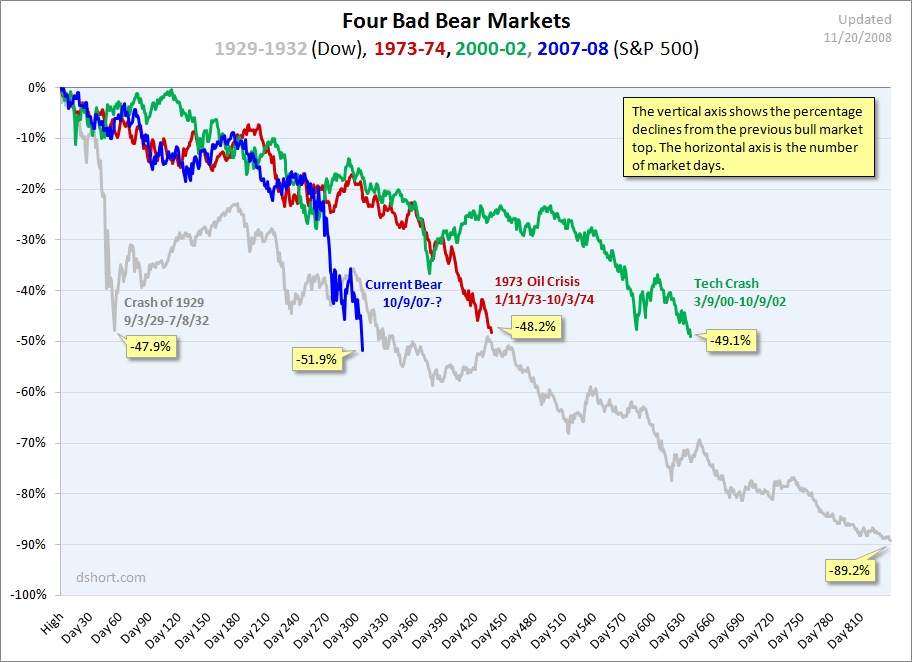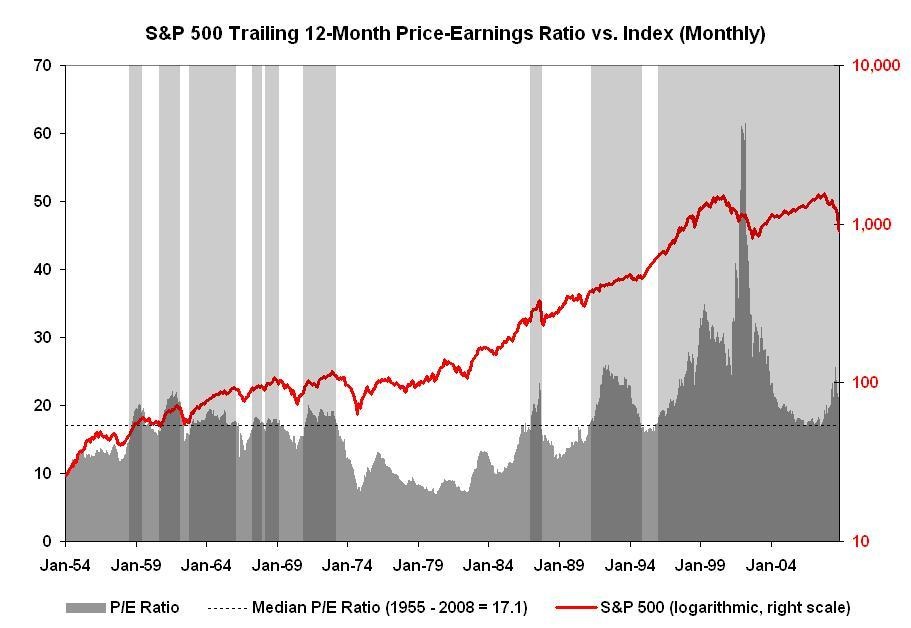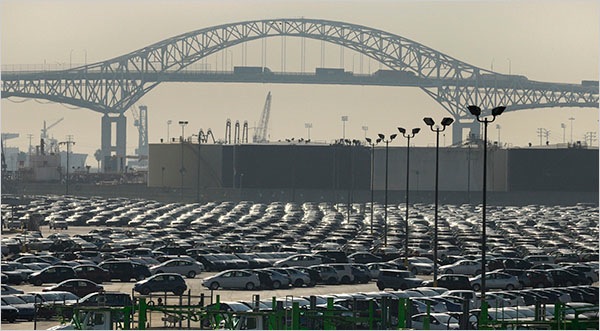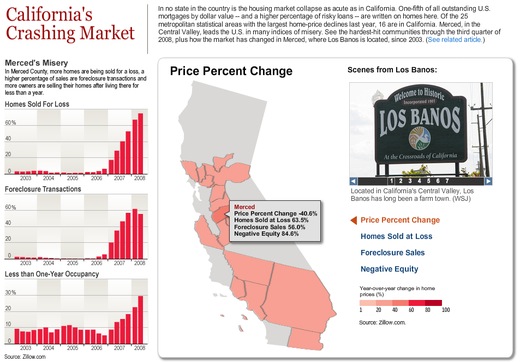Or so says the Boston Fed, disagreeing with the Minnesota Fed folks (see my earlier post). Here’s a summary; get the pdf here.
Looking Behind the Aggregates: A reply to “Facts and Myths about the Financial Crisis of 2008, Working Paper No. QAU08-5, by Ethan Cohen-Cole, Burcu Duygan-Bump, Jose Fillat, and Judit Montoriol-Garriga, Federal Reserve Bank of Boston
Abstract As Chari et al (2008) point out in a recent paper, aggregate trends are very hard to interpret. They examine four common claims about the impact of financial sector phenomena on the economy and conclude that all four claims are myths. We argue that to evaluate these popular claims, one needs to look at the underlying composition of financial aggregates. Our findings show that most of the commonly argued facts are indeed supported by disaggregated data.
Overview The US and world economies are in the midst of a severe financial crisis. The crisis is undoubtedly linked in some fashion to financial institutions. The fundamental question Chari et al (2008), henceforth CCK, seek to address is the degree to which varied claims about the way the crisis affects the real economy are true.
CCK make two primary arguments. First, they argue that a set of four now common claims about the nature of the crisis are false. Second, they assert that interest rate spreads, in particular the spread between the London Interbank Offered Rate (LIBOR) and the fed funds rate may be informative about the cost of borrowing during normal times, but misleading during crises as the increased spreads may be “due to the drop in the real return to Treasury securities as a result of the flight to quality and does not constitute an increase in the real cost of borrowing.”
In this short note, we consider their first argument and present further evidence on the four claims that are examined in CCK. Using publicly available data, we show that these facts are indeed true and not mythical. Their second argument on spreads remains a more theoretical one that we leave for another short note. …
Conclusion Our analysis has shown that the claims regarding the financial markets and the mechanism through which they may affect the real economy are largely supported by looking behind the aggregates of publicly available data. Having said so, we would like to point out the need for a more thorough analysis than the simple plots we have provided here. After all, there are many other confounding factors that make interpretation of these numbers difficult. For example, it is hard to even understand what it means to observe a decrease in lending. Simple plots cannot help us disentangle the extent to which changes in new bank lending are caused by banks cutting lending or by decreased demand for loans due to a slow-down in the real economy.
Given that both the US and the world economies are undergoing a financial crisis, we emphasize, along with CCK, the need for ample data and analyses to support policy decisions. We encourage future studies. …
Zubin Jelveh lays out the argument, concluding:
What’s the upshot here? Frankly, it’s hard for me to tell. Both papers are right, depending on which universe of data is your poison. But the most important takeaway would appear to be that it’s a mistake to think the Minn. Fed’s conclusions mean there’s been little or no impact on nonfinancial firms from the credit crunch.
via Mark Thoma




